Since Russia invaded Ukraine in 2022, several EU and G7 sanctions and penalties have been imposed on Moscow. In December 2023, the European Union Council adopted the 12th package of sanctions against Russia, after Austria gave its final approval. The package focuses on a Russian-origin diamond import ban as well as the import and export of products such as lithium batteries, machine tools and Russian-origin thermostats. It’s doubtful that this will push either side towards a ceasefire or peace. The economic impact is limited.
LPG Ban: Is it Important?
Nevertheless, even in this 12th package, the EU managed to target an energy source: the purchases of Russian-made liquefied petroleum gas (LPG), which is worth over €1 billion annually. It will be banned over a transition period of 12 months. LPGs are a group of hydrocarbon gases, primarily propane and butane, derived from crude oil refining or natural gas processing. They’re used as heating fuel for cooking, transport fuel, or as a feedstock in the petrochemical or chemical industries.
LPGs can be transported on ships, so Russia will still be able to sell this commodity to other markets. The economic repercussions remain negligible here as well.
So, what is the goal of the sanctions? They’re hurting Russia, but not nearly enough to collapse its economy. Circumvention is a reality. In 2022, Kazakhstan’s exports to Russia saw a 25 percent increase, whereas Kyrgyzstan’s exports increased by 150 percent over the previous year’s totals. The EU’s trade in goods with Kazakhstan totalled €40.2 billion, a 74% increase on 2021 and with Kyrgyzstan €10.4 billion, an 89% increase on 2021.
Kazakh Semiconductors and Kyrgyz Watches
Kazakhstan continues to supply microchips used by the Russian Federation which may be used for the production of missiles. In 2022, the country exported advanced semiconductors to Russia for $3.7 million against a meager $12,000 in 2021. In late 2023, several articles were published on how the EU technology parts are found in the Russian missiles attacking Ukraine. According to the Ukrainian authorities, Germany is the single greatest EU producer of parts found in advanced Russian weaponry.
In Kyrgyzstan, imports from Europe almost doubled in 2022, and rose by 140% with the US. French perfume was bought for 10 million dollars by the country. 27 Swiss wristwatches were delivered in 2021, which became a staggering 1625 by the next year. It’s likely that they transited through towards Russia.
To obscure the mounting trade with Russia, in June 2023 the Kyrgyz authorities changed the open data reporting on foreign trade. Instead of breaking down exported items into specific categories, the state started to cover a much wider variety of goods put together. This makes it difficult to investigate which sanctioned products are transported to Russia via Kyrgyzstan. Their goal is to effectively hide the export of the sanctioned products.
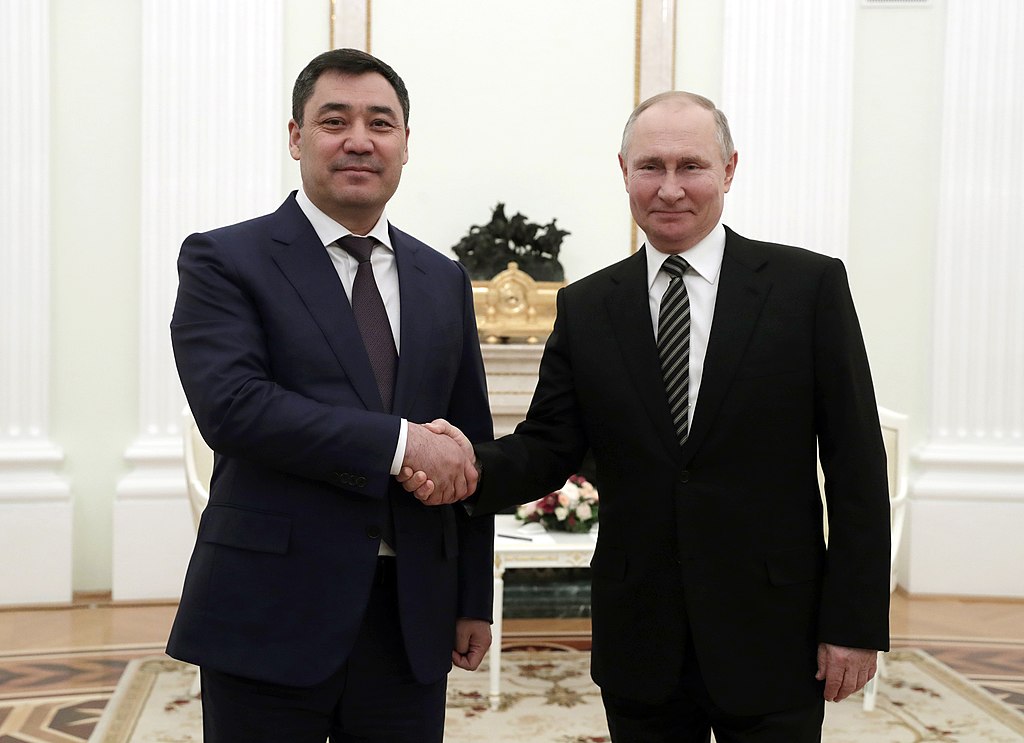
President of the Russian Federation Vladimir Vladimirovich Putin and President of the Kyrgyz Republic Sadyr Nurgozhoevich Zhaparov in 2021 (Photo: Kremlin.ru / Wikimedia Commons)
The EU/G7 sanctions have successfully limited the direct trade with Russia. However, the import and export with third countries have substantially grown. The reaction to this by the West has been limited. Just a small number of entities in Hong Kong and Central Asia have faced repercussions. Nevertheless, trade with middlemen is more expensive and burdensome. This is, and can be, the EU’s only goal: to hurt as much as possible Russia’s economic potential, without sacrificing too much itself.
Russia has proven to be quite adaptable.
Russian crude oil is selling above the $60/barrel EU and G7 limit. The ruble didn’t collapse, although it has lost approximately a fourth of its value. Annual inflation in 2023 may approach 8%, which is more than in the European Union as a whole, but less than in certain member states. In reality, sanctions are hurting both sides, but neither side is closer to giving up.
Ukraine War: Battlefield Realities and Shifting Narratives
However, it’s the battlefield that shapes politics. The Ukrainian counter-offensive has brought limited results and Russia is using this for propaganda purposes.
Top picture from WW2: Soviet soldier fighting a Tiger tank. Bottom picture from 2023: Russian soldier fighting German Leopard tank (Photo: https://youtu.be/EWjMr3RZ8Ss?t=872)
The narrative until recently has been that the Russian army is corrupt, inept and lacks motivation. However, the failed counter-offensive and the rebuilding of the Russian capabilities continue to prove otherwise. Numerous conflicts have shown that the biggest mistake one can make is to underestimate the enemy. This is the case both economically and on the battlefield.
Tactical Shifts for Both Sides
At the end of last year, President Zelensky finally allowed the armed forces to shift tactics and build fortifications. This means that a part of the Ukrainian armed forces became dedicated to building trenches, deploying mines and anti-tank obstacles. This is similar to what the Russian side did just before the Ukrainian counter-offensive, hardening the front lines.
At the end of 2023, Russia also revised their tactics, especially concerning its long-range missile attacks. Last winter the targets were energy infrastructures, which Ukraine was able to rapidly rebuild or replace.
This winter’s strikes are directed at the weapon shipments, army barracks and the entire Ukrainian economic sector.
This likely won’t bring a breakthrough for the Russian side. There are economic and psychological effects, but the battlefield remains steady.
Realistic Assessments in the West
In the West, several public opinion-forming voices have begun to communicate more realistically. The UK Ministry of Defence’s open intelligence update has acknowledged that Russia’s air-defense system, such as the SA-15 Tor is successfully countering Ukraine’s Unmanned Aerial Vehicle (UAV) capabilities.
The Austrian Armed Forces have similarly voiced several capabilities that Russia has improved, adapted or successfully deployed on the battlefield.
In his briefing, Colonel Markus Reisner highlights the industrial-scale production of Russian ballistic and cruise missiles along with drones, which outmatch the Ukrainian supply.
The drone capability was also highlighted by General Zaluzhny in his article. He also stated that the thermal and night-vision capabilities of the Russian drones pose huge problems for Ukraine’s maneuvering potential.
Ben Hodges, the former commander of the US Armed Forces Europe has in the past months also voiced a more realistic tone. The usual ever-optimistic general acknowledged last December, that the Russian electronic warfare capabilities not only outmatch the Ukrainian side, but also that of NATO and the West. Weak electronic warfare means communication channels in which the enemy can listen into, jam and use to locate the forces.
Looking Ahead to 2024
The war became incredibly static in 2023. We saw Russia capture Bakhmut in May, the concluding action of their offensive which began in October 2022. Ukraine on the other hand regained some lost territory to the south and north of the town, fields which are currently heavily attacked by Russia. Similarly, the regained Ukrainian territory around Robotyne is under Russian attack, as well as Adiivka and Marinka. These two towns may soon fall to Russia, but the losses won’t decisively change the course of the war.
Ukraine has started to dig in and fortify. If the US military supplies finally arrive, they might go on the attack in 2024. If not, then building trenches is the sober decision.
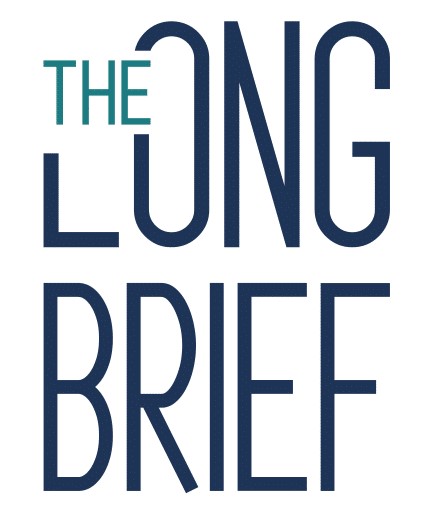
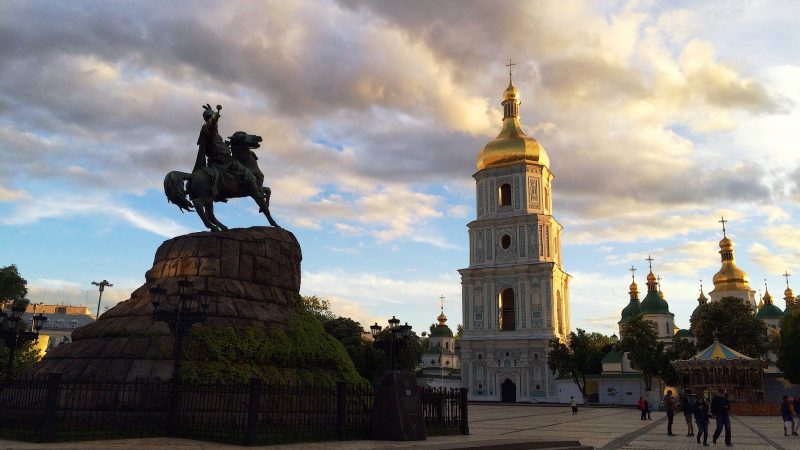
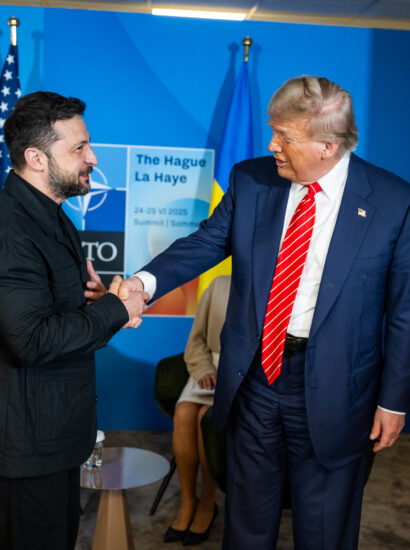
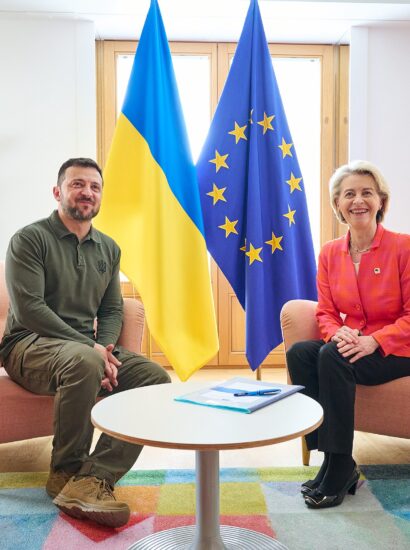
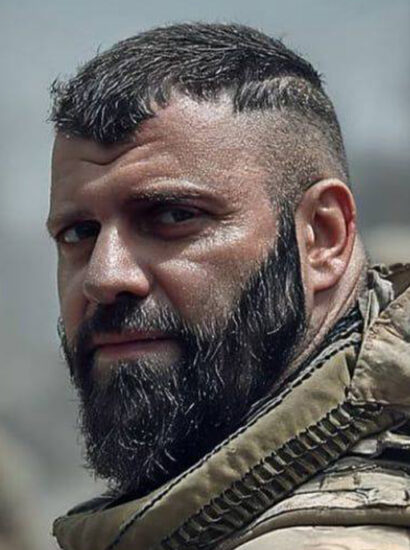

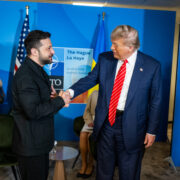

[…] Freudenstein, Vice President of GLOBSEC, briefly summarized the military situation, especially the shortage of ammunition on the Ukrainian […]